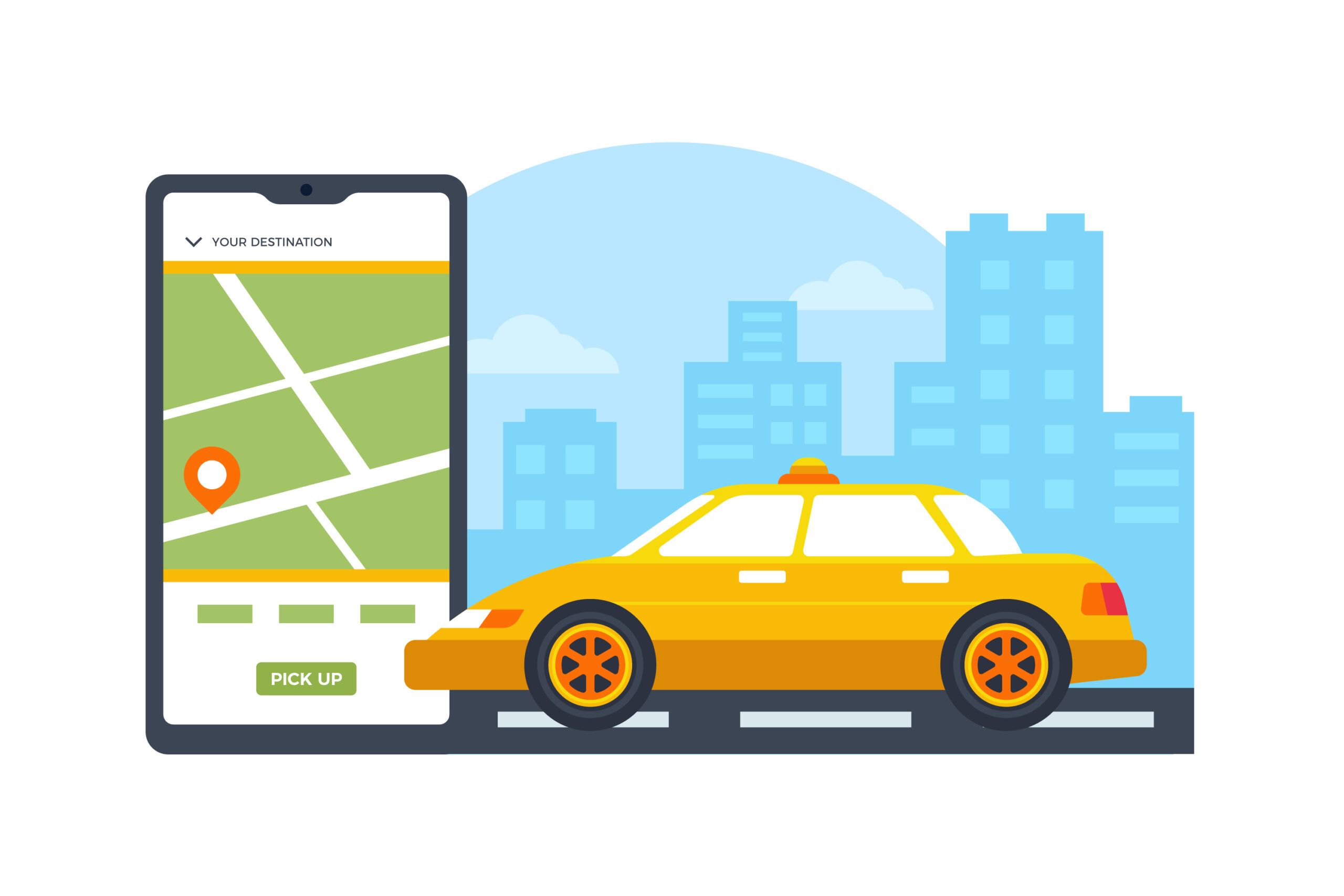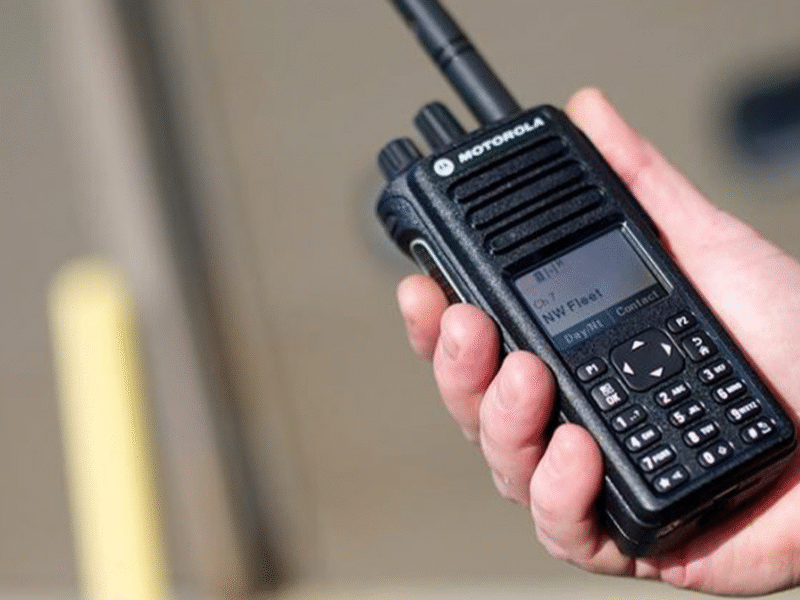Introduction
The transportation industry is undergoing a major transformation with the rise of autonomous vehicles, and Tesla’s Robotaxi service is at the forefront of this revolution. As self-driving technology gains momentum, there’s a growing need for innovative and intelligent taxi booking apps that are fully compatible with autonomous fleets. In this article, we explore how to build a taxi booking app tailored for Tesla Robotaxi services, covering everything from essential features to the right tech stack, integrations, and development best practices.
1. Understanding Tesla Robotaxi and the Need for App Compatibility
Tesla’s Robotaxi is designed to operate autonomously using Full Self-Driving (FSD) capabilities. The concept revolves around a network of self-driving vehicles that can be summoned via an app, much like current ride-hailing services. For developers and businesses aiming to stay ahead, building a taxi booking app that can interact with Tesla’s autonomous APIs, handle vehicle tracking, manage bookings, and ensure seamless user experiences is essential.
2. Key Features Your Tesla-Compatible Taxi App Must Include
To ensure compatibility and future-proofing, your app must include features tailored to Robotaxi environments:
- Real-time Vehicle Tracking: Integration with Tesla APIs to track the live location of autonomous vehicles.
- Autonomous Vehicle Management: Advanced backend for fleet management including scheduling, monitoring, and remote diagnostics.
- AI-Powered Route Optimization: Utilize AI and machine learning to optimize pickup/drop-off routes, especially with self-driving algorithms in play.
- Smart Booking Interface: Simple and intuitive UI/UX that enables users to book Robotaxis effortlessly.
- Seamless Payments and Billing: Integrated payment gateways, fare estimation, dynamic pricing, and automated billing features.
- Voice & Remote Commands: Option for users to send voice commands or remotely operate basic car features (like unlocking or climate control).
3. Choosing the Right Tech Stack
The technology behind your app plays a critical role in performance, scalability, and Tesla integration:
- Frontend: React Native or Flutter for cross-platform compatibility across Android and iOS.
- Backend: Node.js, Python (Django), or Go with support for real-time data handling and autonomous fleet management.
- Cloud Infrastructure: AWS, Google Cloud, or Azure for secure and scalable cloud deployment.
- APIs & Integration: Tesla Vehicle APIs, Google Maps, and payment gateways like Stripe or PayPal.
If you’re planning to develop an app like Waymo, you’ll need to consider similar backend intelligence, user automation, and compliance with AV regulations.
4. Integrating Tesla Vehicle APIs
Tesla provides APIs that allow developers to retrieve vehicle data and send commands to Tesla cars. For your Robotaxi-compatible app:
- Integrate Tesla’s REST APIs for accessing vehicle location, status, and controls.
- Use WebSockets or MQTT protocols for real-time communication between the app and vehicles.
- Implement secure OAuth 2.0 authentication to access Tesla owner APIs and ensure user data privacy.
5. Data Security and Compliance
Given the autonomous nature of Tesla Robotaxi services, data privacy, encryption, and regulatory compliance are non-negotiable:
- Ensure all data exchanged between app and vehicle is encrypted.
- Comply with GDPR, CCPA, and local transportation regulations.
- Implement secure user authentication (e.g., biometric logins, two-factor authentication).
6. Cost and Timeline to Build a Tesla-Compatible Taxi App
The cost of building a fully functional taxi booking app that’s compatible with Tesla Robotaxi services depends on:
- Feature complexity and third-party API integrations
- UI/UX customization
- Cross-platform or native development approach
- Backend architecture (microservices, real-time systems)
- Testing and deployment on cloud services
Typically, a minimum viable product (MVP) may cost between $40,000 to $100,000 and take around 4 to 6 months for full development and testing.
If you’re planning for on-demand taxi booking app development, allocating resources to AI integration and Tesla API expertise is vital.
7. Future-Proofing and Scalability
Building an app for today is not enough—your platform must be ready for the future of autonomous mobility:
- Enable modular code for easy upgrades as Tesla evolves its APIs.
- Build scalable backend architecture that can handle hundreds or thousands of concurrent Robotaxi rides.
- Plan for integration with other autonomous platforms and services (e.g., charging stations, multi-modal transport).
Conclusion
As Tesla’s Robotaxi service nears public rollout, the opportunity to lead in autonomous ride-hailing through app innovation is massive. Businesses that start early by developing robust, Tesla-compatible taxi booking apps will be better positioned in the smart mobility landscape. By focusing on the right tech stack, API integration, advanced features, and security, you can future-proof your app and create a seamless experience for users relying on autonomous transportation.
Whether you want to tap into the next-gen ride-sharing market or develop an app like Waymo, now is the time to invest in on-demand taxi booking app development with a forward-looking approach tailored for autonomous services like Tesla Robotaxi.



